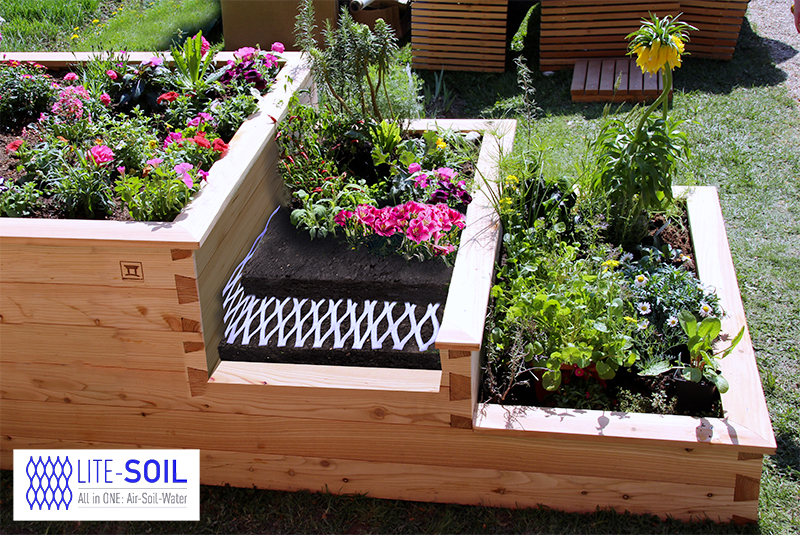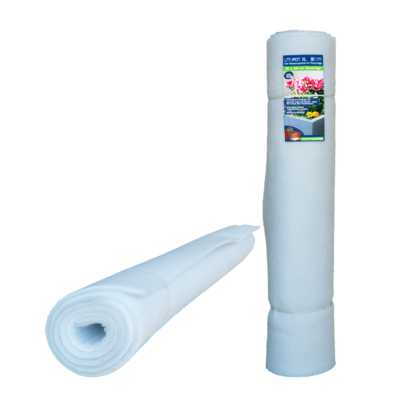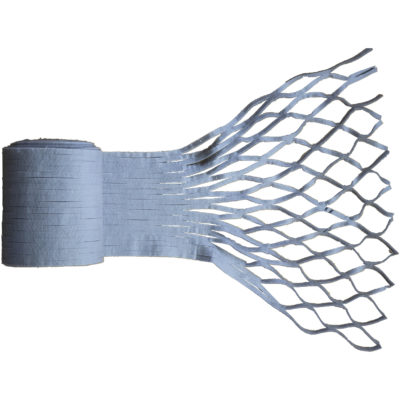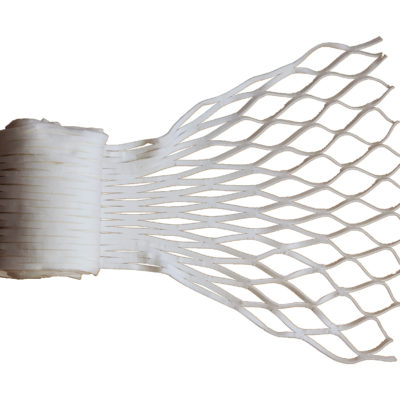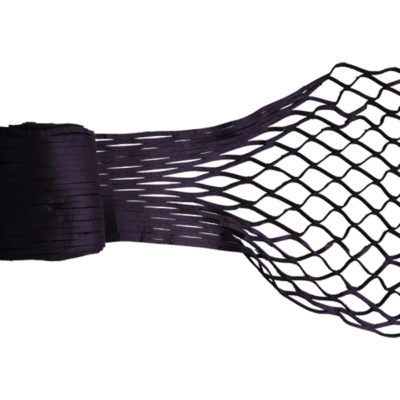Beautiful and healthier raised beds
To fill raised beds and protect against drought. Years of experience with raised beds has shown us that the 5 layer method is the best:
Layer 1: 5 to 30 cm high layer of wood waste such as thin branches, twigs, shrub cuttings or wood chips. This layer serves as drainage in the raised bed.
Layer 2: This is followed by a layer of approx. 5 cm of leaves or lawn clippings.
Layer 3: Then about 25 cm of coarse compost and/or half-rotted horse manure and/or cattle manure.
Layer 4: Apply approx. 5 cm of flower or raised bed soil. Insert LITE-NET and pull up on the sides, possibly fold inwards at the top a little and cover with a water-permeable material such as wood chips. Depending on the size of the area and the desire for biodegradability (Bio1 and Bio5) or permanently (PP) . The LITE-NET drains the water to the roots like a water vein.
Layer 5: Approx. 20 centimeters of high-quality soil for flowers or raised beds – mixed with LITE-STRIPS at root level. The LITE-STRIPS provide additional water storage. Depending on the size of the area and the desire for biodegradability (Bio1 and Bio5) or permanent (PP)) If the soil is damp, the LITE-STRIPS absorb the water like a sponge, if the soil is dry, the docked roots simply get the water out of the LITE-STRIPS. And the earth is additionally aerated by the LITE-STRIPS!
The best time of year to fill a raised bed is in autumn – then there is always plenty of plant material available: All filling material ideally comes from your own garden in the form of useful garden waste that accumulates when pruning, chopping, mowing or weeding.
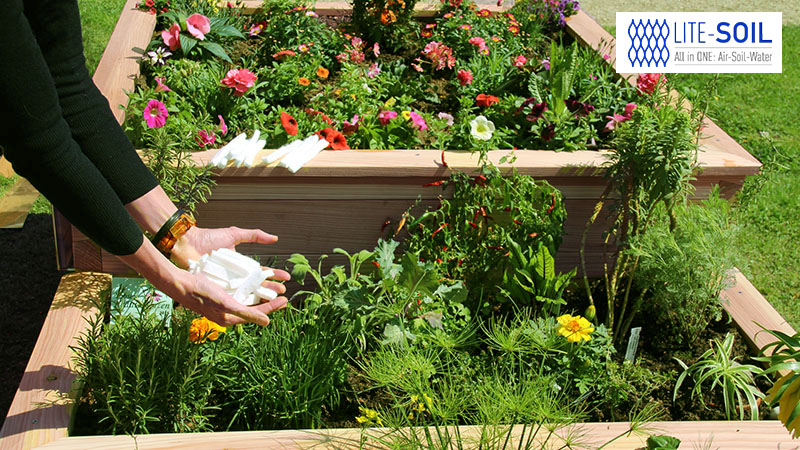
for larger projects and B2B here.

